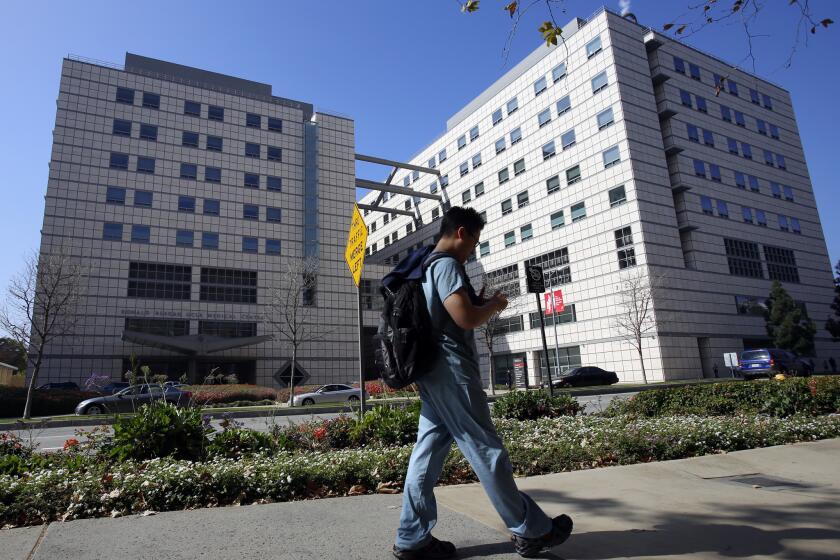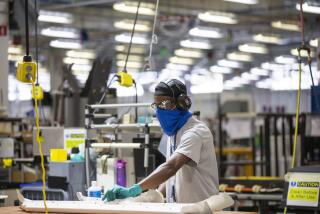China’s economic recovery gains strength as U.S. continues to suffer

China’s economic recovery from the COVID-19 pandemic is gaining strength as consumers return to shopping malls and auto dealerships while the United States and Europe continue to endure painful economic contractions.
Growth in the world’s second-largest economy accelerated to 4.9% in the three months ending in September compared with the same period last year, up from the previous quarter’s 3.2%, official data showed Monday. Retail spending rebounded to above pre-coronavirus levels for the first time, and factory output rose, boosted by demand for exports of masks and other medical supplies.
China, where the pandemic began in December, is the only major economy expected to grow this year while activity in the United States, Europe and Japan shrinks.
The recovery is “broadening out and becoming less reliant” on government stimulus, Julian Evans-Pritchard of Capital Economics said in a report. He said growth was “still accelerating” as the economy entered the current quarter earlier this month.
Most Asian stock markets rose on the news of increased activity in China, the biggest trading partner for all of its neighbors. Japan’s Nikkei 225 index added 1.1% while Hong Kong’s Hang Seng climbed 0.9%. Markets in South Korea and Australia also rose.
China’s benchmark Shanghai Composite Index lost 0.7% on expectations that the relatively strong data would reduce the likelihood of additional stimulus.
A study of patients who came to UCLA clinics and hospitals to be treated for coughs suggests the coronavirus may have been in Los Angeles by Christmas.
China became the first major economy to return to growth after the ruling Communist Party declared the disease under control in March and began reopening factories, shops and offices.
The economy contracted by 6.8% in the first quarter, its worst performance since at least the mid-1960s, before rebounding.
The economy “continued the steady recovery,” the National Bureau of Statistics said in a report. However, it warned that “the international environment is still complicated and severe.” It said China faced great pressure to prevent a resurgence of the coronavirus.
Authorities have lifted curbs on travel and business, but visitors to government and other public buildings still are checked for fever. Travelers arriving from abroad must quarantine themselves for two weeks.
Last week, more than 10 million people were tested for the virus in the eastern port of Qingdao after 12 cases were found there. That broke a two-month streak with no virus transmissions reported within China.
Despite President Trump’s statements that the coronavirus was released from a laboratory in Wuhan, scientists say the evidence points to a natural origin.
Industrial production rose 5.8% in the just-ended quarter compared with the same period last year, a marked improvement over the first half’s 1.3% contraction. Chinese exporters are taking market share from foreign competitors that remain hampered by anti-coronavirus controls.
Retail sales rose 0.9% over a year earlier. That was up from a 7.2% contraction in the first half of the year as consumers, already anxious about a slowing economy and a trade war with Washington, put off buying. Online commerce rose 15.3%.
In a sign that demand is accelerating, sales in September rose 3.3%.
China has reported 4,634 coronavirus deaths and 85,685 confirmed cases, plus three suspected cases.
Economists say China is likely to recover faster than other major economies because of the government’s decision to impose the most intensive anti-disease measures in history.
The International Monetary Fund is forecasting China’s economic growth at 1.8% this year, whereas the U.S. economy is expected to shrink by 4.3%. The IMF expects a 9.8% contraction in France, 6% in Germany and 5.3% in Japan.
More to Read
Start your day right
Sign up for Essential California for news, features and recommendations from the L.A. Times and beyond in your inbox six days a week.
You may occasionally receive promotional content from the Los Angeles Times.







